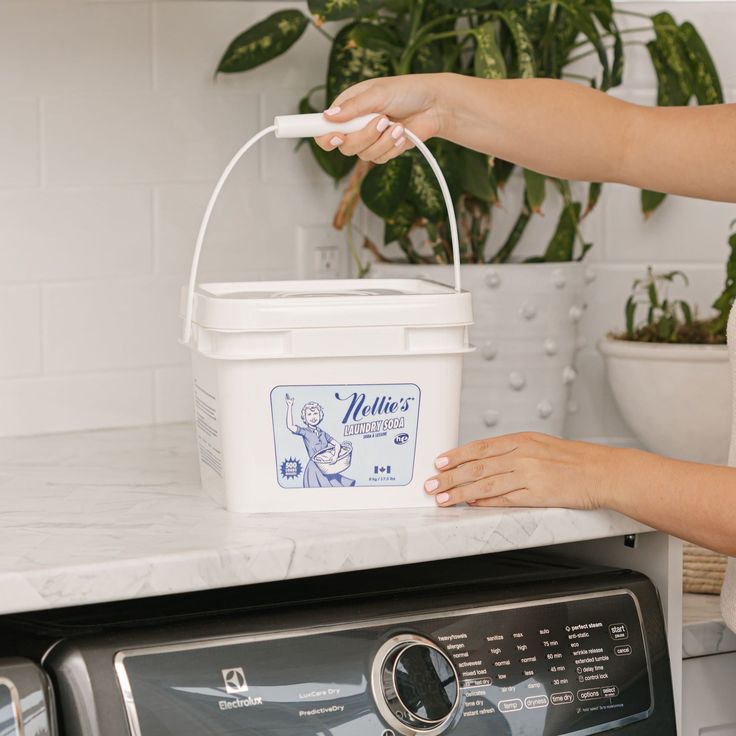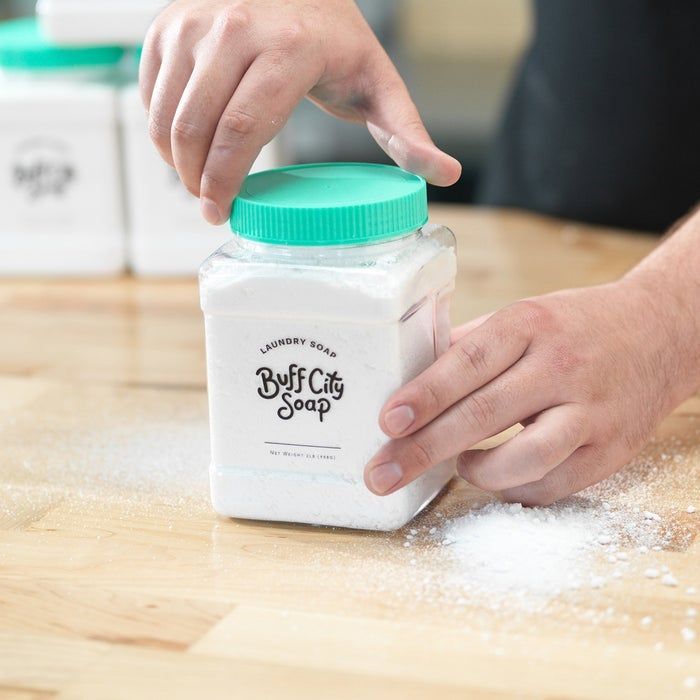Introduction to pH and Laundry Detergents
Is laundry detergent an acid or base? Understanding the pH level in your laundry detergents is crucial. pH, or ‘potential of hydrogen,’ measures hydrogen ion concentration in a solution. This scale ranges from 0 to 14. Numbers below 7 indicate acidity, and above 7 denote alkalinity. A pH of 7 is neutral.

Laundry detergents vary in pH levels. Knowing these levels helps determine their cleaning efficiency. Alkaline detergents are better at removing grease and oils. Acidic solutions are great for tackling mineral deposits and rust. Neutral detergents are mild and good for general cleaning.
The right pH level in your detergent can enhance cleaning performance. It ensures that fabrics are clean without damage. It also plays a role in the longevity of your clothing. A basic understanding of pH can help you choose the right detergent for your laundry needs.
Common Laundry Products and Their pH Levels
Understanding the pH levels of common laundry products can inform your cleaning routines and protect your garments.
Baking Soda and Its Alkaline Nature
Baking soda, with a pH of 9, is alkaline. This means it works well against dirt and grease. It’s milder compared to bleach, making it a safe choice for many fabrics.
The Role of Borax as an Alkaline Substance
Borax has a pH of 10. It is less harsh than bleach but still breaks down oils and dirt effectively. This balance makes Borax a useful laundry booster.
Chlorine Bleach: High Alkalinity and Safety Measures
With a pH between 11 and 13, chlorine bleach is highly alkaline. It’s great for tough stains but must be used with care. Always follow safety guidelines when handling bleach.
Dish Detergent: Neutral pH
Dish detergent typically has a neutral pH of 7. Some brands can treat oily stains well. Always check if your clothes are machine washable before using dish soap in laundry.
Typical pH Range of Laundry Detergents
The pH of laundry detergents can vary. Most tend towards a pH of 7 to 10. They lean alkaline to be more effective against grime without damaging fabrics.
Vinegar as a Mildly Acidic Solution
Vinegar, with a pH of 3, is mildly acidic. It removes mineral deposits and soap residue. As a natural softener, vinegar can also prevent mildew odors in clothing.
Impacts of pH Levels on Laundry Cleaning Efficiency
Understanding the impact of pH levels in laundry products is vital for efficient cleaning. The pH value of a detergent determines its strength in battling different types of stains and maintaining fabric quality. Here’s how varying pH levels can influence your laundry routine:
- Alkaline detergents (Above pH 7): These detergents are robust against organic stains like grease, oil, and proteins. Their higher alkalinity breaks down these substances, making them easier to wash away in the laundry cycle. However, high alkaline levels can be harsh on certain fabrics, potentially leading to damage over time.
- Neutral detergents (pH 7): These are gentle on clothes and suitable for daily wear items. They may not have the same strength as alkaline detergents for tough stains, but they preserve fabric integrity and prevent color fading.
- Acidic solutions (Below pH 7): Acidic products effectively tackle mineral build-up, rust, and similar deposits. While not typically used as main washing agents, products like vinegar can enhance the rinse cycle by breaking down residues left by alkaline detergents.
Balancing the pH of your laundry detergent is key. Too high, and you could damage delicate garments; too low, and tough stains may linger. For optimal results, consider the type of stains you’re dealing with and choose a detergent that offers the right pH level for the job. Remember, mixed laundry loads with various stain types might require a more neutral detergent to cater to different fabric needs without causing harm.

How to Choose the Right pH in Laundry Detergents
Choosing the right pH in your laundry detergent is essential for effective cleaning and fabric care. The decision mainly depends on the types of stains you frequently encounter and the nature of the fabrics you are washing. Here are some straightforward tips to help you make the best choice:
- For Oily or Greasy Stains: Opt for an alkaline detergent. Detergents with a pH above 7 can break down oils and grease more efficiently. This makes them perfect for heavily soiled work clothes or kitchen towels.
- For Everyday Laundry: Use a neutral pH detergent (around pH 7). These detergents are gentle on most fabrics and colors, reducing the risk of damage or fading with regular use.
- For Hard Water Areas: Consider detergents with a slightly higher alkaline level. They can counteract the mineral-heavy water and ensure your clothes get clean.
- For Delicate Fabrics: Choose a lower pH or mild detergent. Delicate fibers like silk and wool can be damaged by strong alkaline formulas.
Keeping these tips in mind, you can tailor your detergent choices to the specific needs of your laundry, improving both cleaning results and fabric longevity.
Frequently Asked Questions About Laundry Detergents and pH Levels
Navigating the world of laundry detergents and their pH levels can often lead to questions. Here, we address some of the most frequently asked questions to help you understand how to choose the best detergent for your laundry needs.

- Is laundry detergent an acid or base?Most laundry detergents have an alkaline nature. Their pH usually ranges from 7 to 10.
- Why is alkalinity in detergents important?Alkaline solutions are more effective at breaking down organic stains such as oils and grease.
- Can I use a neutral pH detergent for all types of clothes?Yes, neutral detergents (pH 7) are gentle and are good for daily wear and most fabrics.
- Are there any benefits to using acidic detergents?Acidic solutions are great for removing mineral build-ups and rust but are less common as primary detergents.
- How does pH affect delicate fabrics?Higher alkaline detergents can damage delicate fabrics, while lower pH or milder detergents are preferable.
With these answers, you can make more informed decisions about which laundry detergent will best suit your washing needs based on the pH levels.
Choosing the Right Detergent for Your Needs
When selecting a laundry detergent, it’s important to consider the pH and how it will affect your clothes. If you have a lot of delicate fabrics, such as wool or silk, you may want to opt for a detergent with a more neutral pH. For everyday use, a slightly alkaline detergent can be effective at removing a wide range of stains. Additionally, if you have hard water, you may want to choose a detergent that is specifically formulated to work well in hard water conditions. By understanding the pH of your detergent and how it interacts with your clothes, you can ensure that your laundry comes out clean and well-preserved.
Conclusion: Balancing pH for Optimal Results
In conclusion, most laundry detergents are slightly alkaline, with a pH range of 8 to 10, making them effective at removing common stains. However, the pH of your detergent can vary depending on the type and brand, and it’s important to choose one that is suitable for the fabrics you are washing. By testing the pH of your detergent and understanding its impact on your clothes, you can make informed decisions that will keep your laundry looking its best. Whether you prefer a traditional, eco-friendly, or specialized detergent, finding the right balance of pH is key to achieving optimal results.